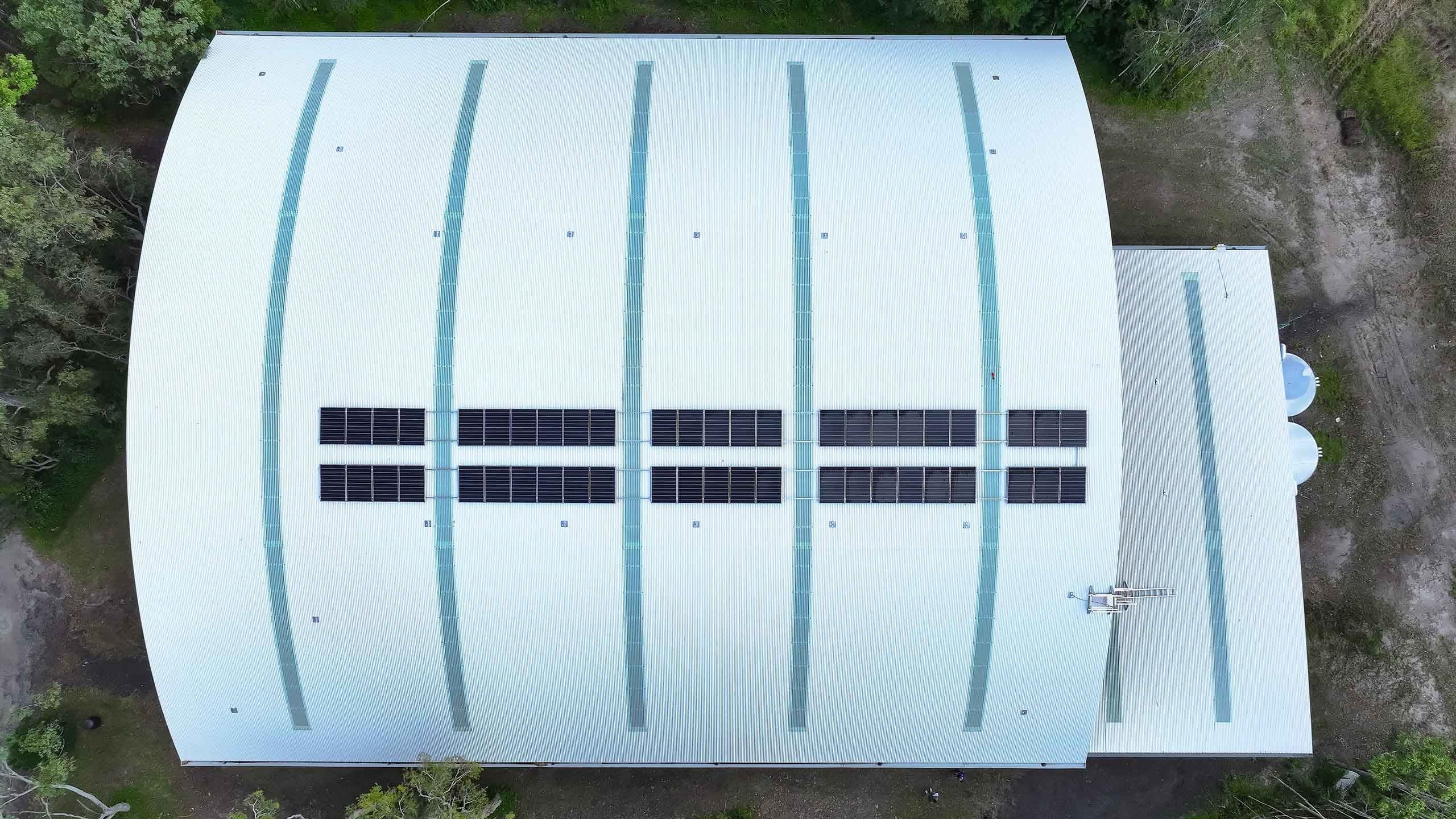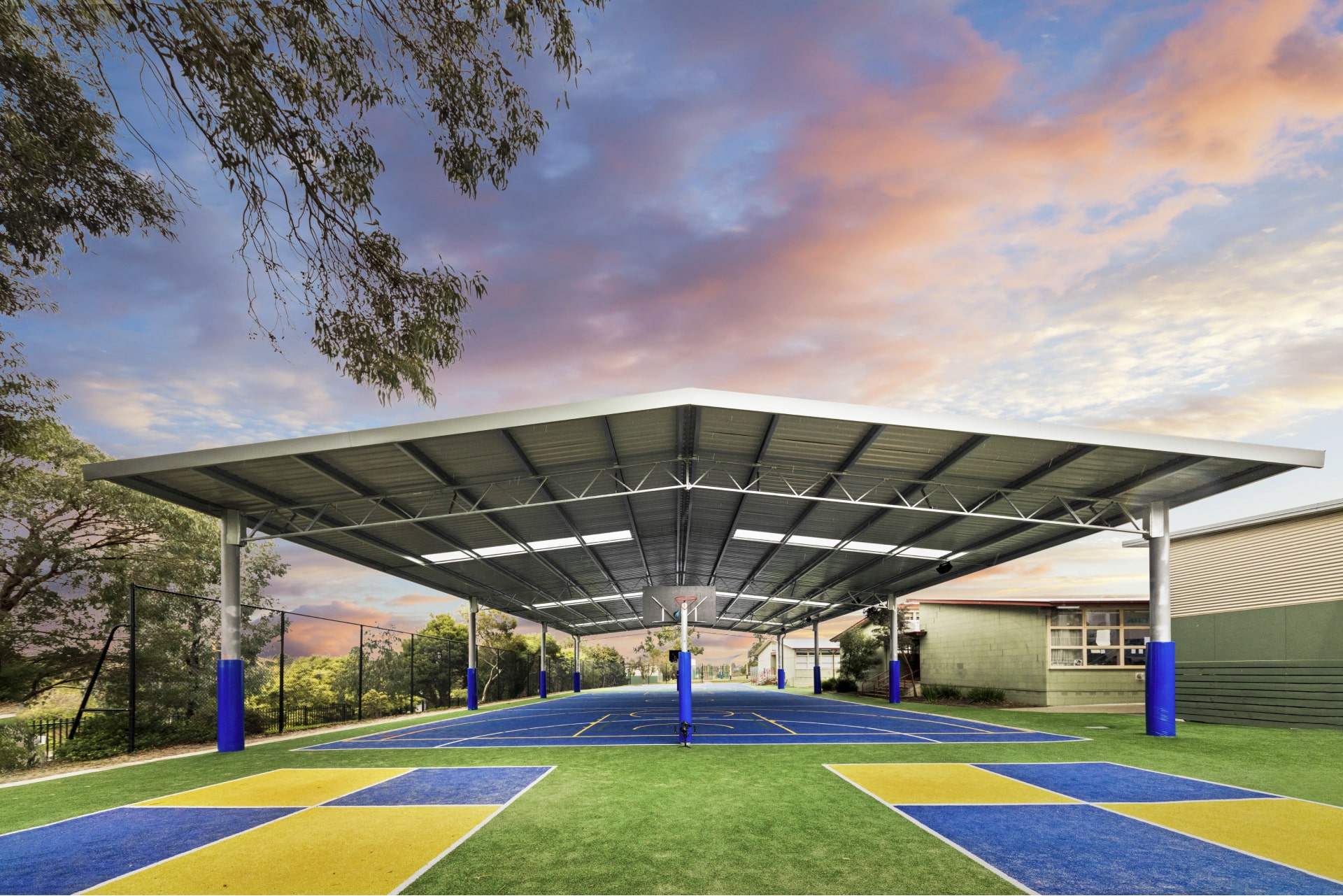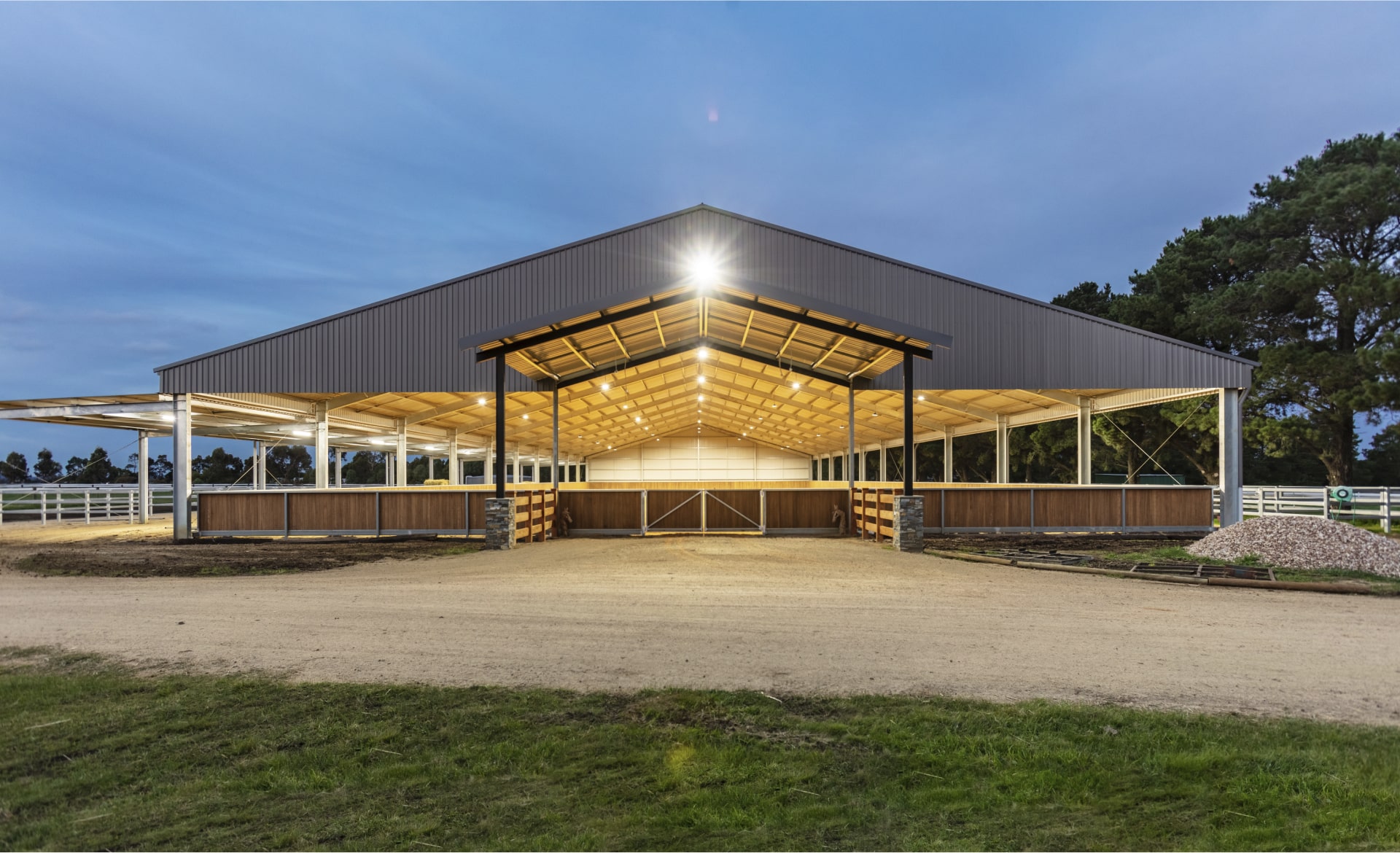How Colour Influences Shade Structure Temperature
The colour of materials used when creating a shade structure impacts the temperature of the structure and the area it covers. This happens because colours absorb and reflect various levels of solar radiation. So, you must consider colours carefully during the design process for your shade structure.
We understand how important this is. We will show you why and advise you about which colours to use to provide cool and efficient shade.
Solar absorptance and reflectance
Solar absorptance is expressed as a ratio of between 0 and 1. The colour reflectance level is the opposite ratio. So, if the solar absorption level of a material is 0.4, the solar reflectance level is 0.6.
Darker colours in shade structure materials absorb higher levels of sunlight, which is then converted into heat. They also reflect low levels of sunlight. This means that the surface temperature of the shade structure increases, as does the temperature of the shaded area.
Using lighter colours in shade structure construction has a cooling effect. Light colours absorb lower levels of sunlight and reflect high levels, helping to reduce heat in outdoor spaces covered by shade structures.
So, using lighter shades is one of the best design ideas for keeping cool. We know the benefits of accounting for solar absorption when designing a shade structure, as well as other factors like aesthetic appeal and offering users optimal protection from UV rays. We will show you how important the absorption levels of colours are when choosing the right colour for your shade structure.

Choosing the right colour for your shade structure
Shade structures offer excellent protection from harmful UV rays that can cause serious health conditions like skin cancer. However, sun protection is not the only important factor when designing outdoor shade. Heat levels are a vital consideration.
If the structure absorbs high levels of sunlight that is converted to heat, the area it covers is not as cool as it should be. This makes the area uncomfortable for users and can cause health issues. It also means that outdoor air conditioning may be required. Choosing light colours for the roof and walls of the structure creates a cooler environment, which means that air conditioners are not needed, reducing energy costs.
Colour absorptance in regulations
Colour absorption levels are also a feature of national and state building regulations. For example, NCC Volume 1 states that the solar absorption of the roof of a public or commercial structure should be less than or equal to 0.45. Also, the roofs of residential properties in climate zones 1-4 should have a solar absorption level of no more than 0.64.
We use COLORBOND® steel for our shade structures. This gives us access to 11 cool roofing colours in the COLORBOND® range. These colours have solar absorptance values of 0.45 or less. This allows us to create structures that are high quality in terms of protection, cool temperatures, building regulation compliance, and energy efficiency.

In summary
Using lighter colours for the roof and walls of your shade structure cools the structure's surface and the shaded area. This reduces potential cooling costs and makes the area covered by the structure a more comfortable and healthy space for users. It follows that using darker shades is not recommended, as doing so makes it difficult to keep the area cool.
If you have any questions about the colours you should use to optimise the design of your shade structure, we are happy to bring our expertise to your project. Simply contact us to discuss your shade structure requirements, and we will ensure your colour choices and other design features result in a functional and aesthetically pleasing structure.
OVERVIEW
- Pale colours can lower temperatures, making shaded spaces more comfortable and energy efficient.
- The impact of colours happens due to the way they absorb and reflect solar radiation.
Share this
You May Also Like
These Related Stories

Creating Vibrant and Welcoming Spaces Through Colour

Designing Shade Structures for Different Climates and Seasons
.jpg)

